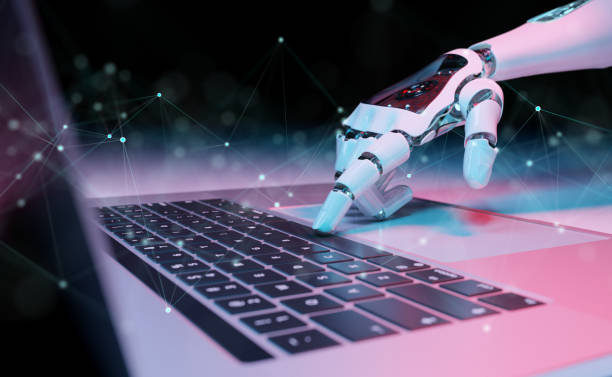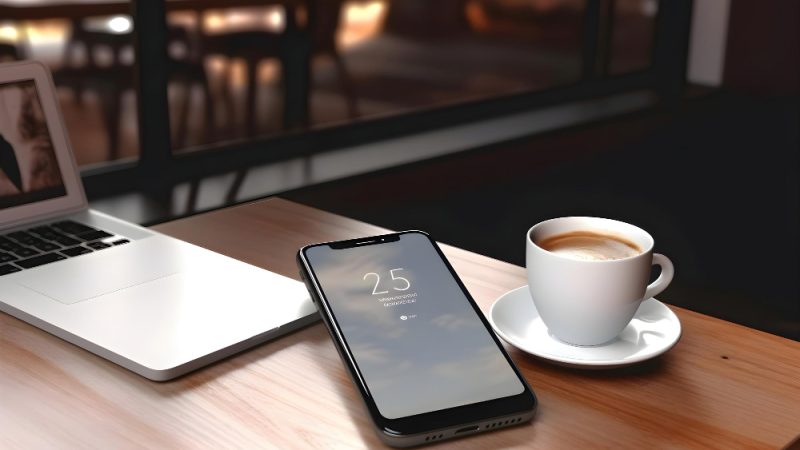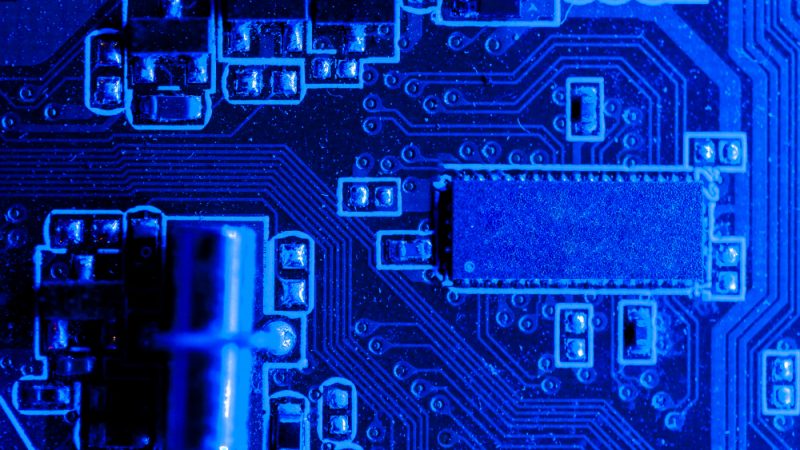How to Detect AI Content? 4 Best Tools in 2023

In this digital era, AI creation platforms like ChatGPT have taken the world by storm. But here’s the twist – can you spot the difference between content created by humans and AI? Interestingly, it’s difficult to discern the difference between human-generated and AI-generated content.
AI systems are incredibly smart and powerful at everything, from creating engaging content to mind-blowing images to captivating videos; they are a master of it. With so much conviction, it’s hard to conclude if a piece is human written.
AI-generated content, in all its glory, holds tremendous potential. Its ability to expedite tasks, enhance productivity, and explore untapped territories is truly remarkable. However, let’s not turn a blind eye to the shades of grey that exist within this technology. Occasionally, the content produced by AI may lack accuracy or, worse, be plagued by plagiarism. – Speaks, Mr Creative Social – A Digital Marketing Agency Based in Dubai
In this read, we have simplified things a bit for you. Discover the tools and techniques of identifying AI-generated content with us.
Tools To Detect AI- Content:
- Open AI Text Classifier
The viral Chat GPT bot has gained popularity due to its advanced capabilities and features. One of its noteworthy offerings is the AI Text Classifier, powered by Microsoft. This innovative tool is designed to detect AI-generated content and is extremely efficient when it comes to analyzing lengthy pieces of text. To ensure accurate results, the AI Text Classifier requires a minimum of 1000 characters. The integration of Microsoft’s technology adds an extra layer of credibility and reliability to the Chat GPT bot, making it a trusted resource for users seeking to differentiate between human and AI-generated text.
- Copyleaks AI detector
The Copyleaks AI detector is a highly efficient and reliable tool that offers users the ability to detect and differentiate between AI-generated and human-written content. With its promising accuracy, the detector provides alerts to users when it identifies content that it believes to be AI-written or human-generated with minimal assistance. By simply hovering over suspicious sections of text, users can easily access a detailed breakdown of the percentage of AI-generated content. This feature proves to be particularly useful when reviewing highlighted text, which is indicated in red.
However, it is important to note that the tool has a limitation on the number of daily checks that can be conducted. Additionally, for users who require the ability to scan large quantities of documents within a short period of time, a paid plan is available to accommodate their needs.
- Content at Scale
Content at Scale is one of the most remarkable platforms to identify AI content in hardly anytime. The tool can efficiently analyze up to 25 thousand characters, equivalent to a staggering 4000 words. What sets this platform apart is its unparalleled feature to generate AI content that remains undetectable.
Moreover, it provides valuable insights by presenting human content scores along with detailed explanations. Powered by three robust AI engines and advanced natural language processing, Content at Scale is proficient in detecting Chat GPT and all iterations of GPT.
- Writer AI
Writer AI is an advanced tool that leverages advanced machine learning techniques to identify AI generated content. It particularly excels at detecting material produced by language models like GPT-3, which has gained significant attention lately. Unlike other tools, Writer doesn’t explicitly highlight AI-generated content but instead presents a percentage indicating ‘human-generated content.’
However, thanks to its sophisticated algorithms, it can discern patterns in syntax and vocabulary, enabling it to distinguish between writing created by humans and that generated by AI. This feature makes Writer a valuable resource for content creators and researchers seeking to identify AI-generated text accurately.
Besides the aforementioned tools, here are some of the ways to look into the content and identify if it’s AI-generated.
How to Identify AI-generated text?
- Repeated words/phrases
Even though AI has come a really long way, it comes with a set of restrictions as compared to human expertise. Certainly, there’s a limitation on creativity. Since the technology relies on pre-programmed formulas, the output is likely to be less creative, have repeated words/phrases, include cliche words and be low on originality.
- A robotic tone
As stated above, AI content lacks a creative flair and originality as compared to a human mind. The tone and language of the content is sure to sound robotic and packed with technical terms. Also, the content may come across a bit unnatural as if something is amiss. AI-generated content is bound to sound flawless and polished. Furthermore, the absence of emotion in AI content is evident.
- A plagiarism check
One major concern with AI-generated content is the potential for plagiarism. AI-generated content is often the outcome of copying and pasting from various sources. This may lead to inaccuracies and can also go to the extent of violating copyright laws. To address this issue, it is recommended to perform a plagiarism check.
How to Identify AI-generated images & videos?
- Metadata analysis
Here’s a quick and on-point way of identifying AI-generated images & videos. Metadata analysis provides information on the software and settings that’s used to make the visual content. This not only aids in verifying its authenticity but also allows you to determine if any modifications have been made to the image or video.
- Reverse-image searches
A reverse image search is a powerful tool that allows users to determine the originality and authenticity of an image. By uploading an image into a reverse image search engine, users can quickly discover if the image has been altered, edited, or used elsewhere on the internet. This method is particularly effective in identifying manipulated images, such as those used in fake news or digital forgeries.
Reverse image searches utilize advanced algorithms and databases to compare the uploaded image with millions of other images available online, providing users with valuable insights into the image’s origins and history.
Additionally, reverse image searches can help recognize the original source of an image, enabling proper attribution and copyright compliance.
- Visual patterns
Here’s another way of identifying AI-generated visual content. Analyze the image pixel and check for irregularities that’s not possible for a human to capture. For instance, AI visuals may have seamless textures, random brush strokes, excessive image sharpness and unrealistic clarity. It’s often simple to spot AI-generated images, primarily because machine learning algorithms struggle to comprehend certain aspects of an image, like reflections and shadows.
One Last Thought:
Let’s address the unsettling fact that AI is getting better at its job each and every day. However, the good news is that AI will never be able to fully replace human-generated content. Skilled content creators have the power to craft engaging, authentic content that can give your business a competitive edge in search rankings.
And that’s the way to go!






